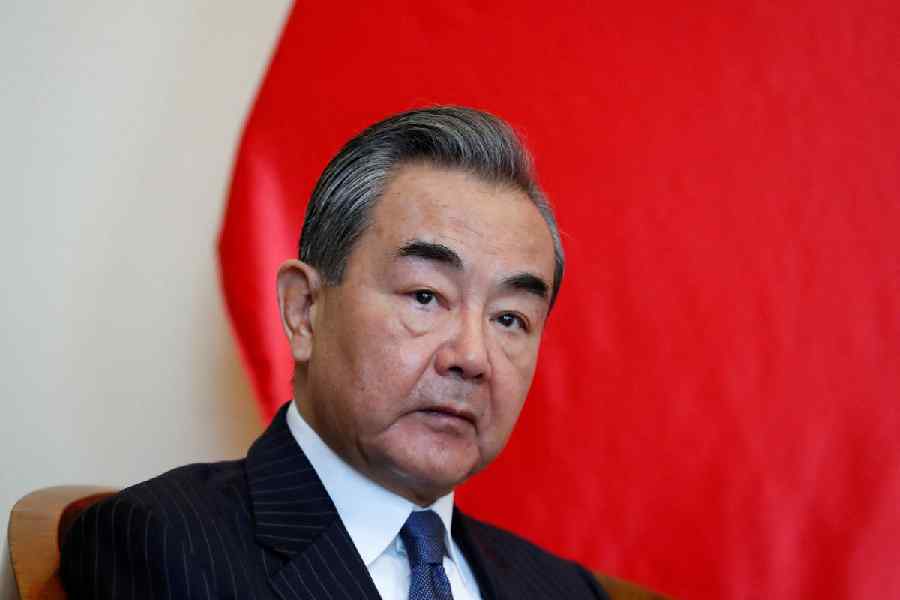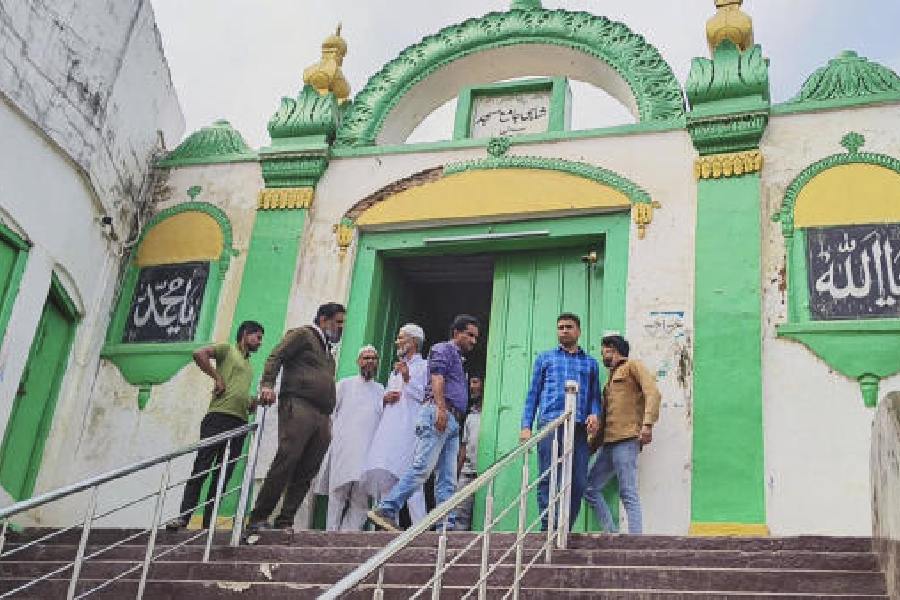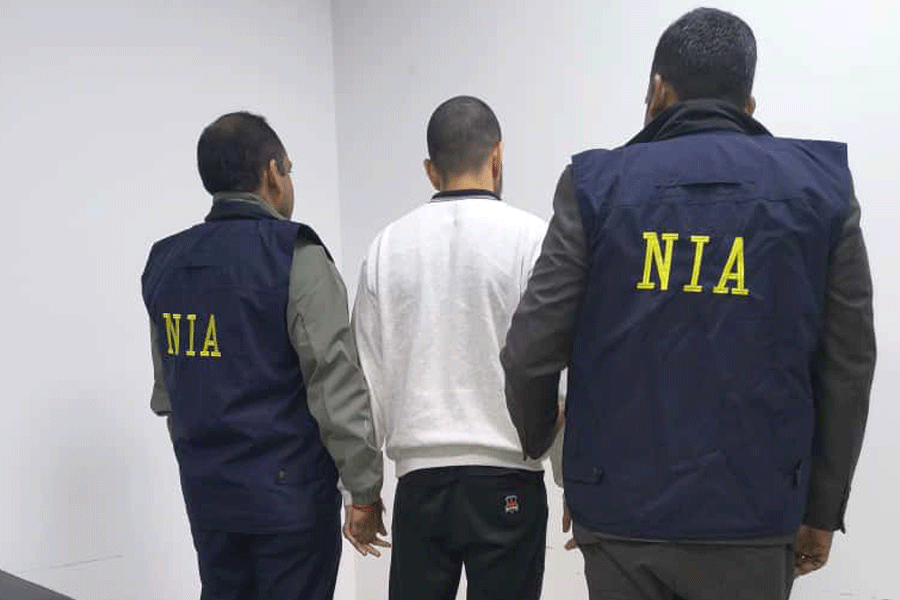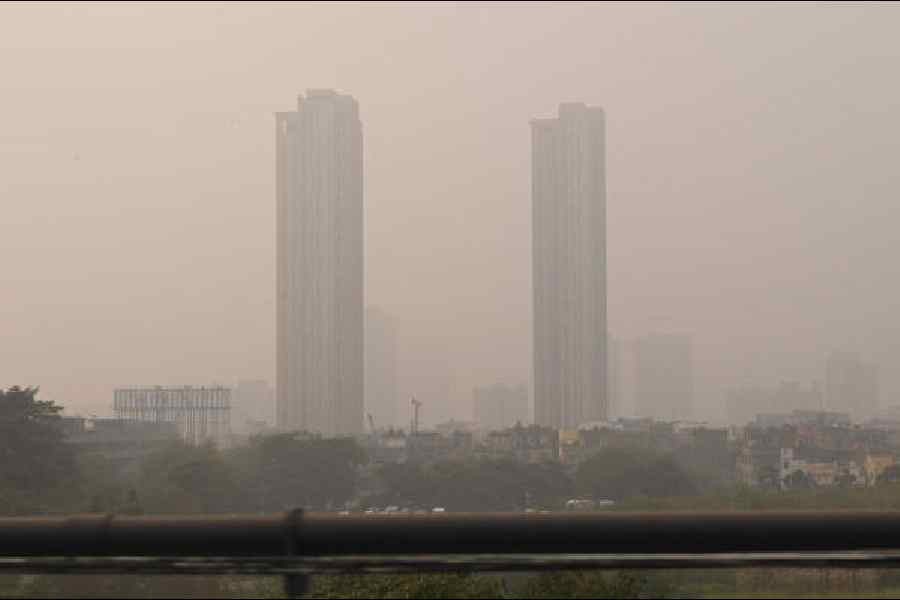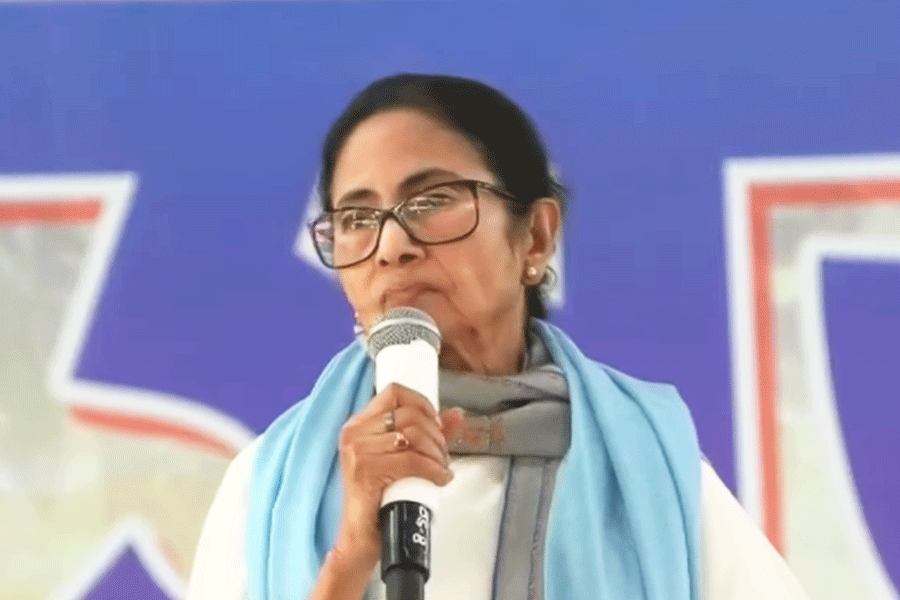 |
Barun De who died late on the night of July 16 was an outstanding teacher, historian and institution builder. He was educated at St Xavier’s School, Calcutta, Presidency College and Oxford University. At Presidency, he belonged to a remarkable class of students that included Partha Sarathi Gupta and Binay Chaudhuri in history, and Amartya Sen and Sukhamoy Chakraborty in economics. The last two were very close friends of De from their days together in Presidency.
Barun De took a second BA degree from St Catherine’s College, Oxford and then won a fellowship at Nuffield College from where he completed his D.Phil in 1961 on “Henry Dundas and the Government of India, 1784-1801”. He was also awarded the Curzon Memorial Prize for his essay on “Macaulay and India”.
Back in India, he taught briefly in the history department of Calcutta University and in Burdwan University. He joined the Indian Institute of Management, Calcutta where his course on the history of Indian entrepreneurship was immensely popular with the students. From IIMC, he moved to become the founder-director of the Centre for Studies in Social Sciences, Calcutta, which, with the help of some extraordinary colleagues, he made into India’s best known research institute in the social sciences. He was also the founder-director of the Maulana Abul Kalam Azad Institute of Asian Studies.
It is difficult to communicate the impact that Barun De had on the world of historical scholarship, especially on the younger generation, since a large part of his contribution was oral — in classroom lectures, seminars and in private conversations. He was as generous with his time as he was with his ideas. At his best, in lectures and seminars, he could bring together a complex range of issues drawn from an incredible corpus of reading of history-writing. He had a prodigious memory for facts, analysis and bibliography. Before the age of the internet, he was a walking database for many young and senior researchers. He had the rare gift of enthralling an audience.
Barun De counted S. Nurul Hasan among his mentors and through him he became part of the group of young Left historians who in the late 1960s and early 1970s tried to refashion the writing of Indian history by attempting to make it more scientific and more rooted in economic and social realities. He was the one of the trio of authors who wrote the influential text book, Freedom Struggle. In the world of historical scholarship, Barun De’s forte was the 18th century and India’s transition to colonial modernity. In the 1960s, he began questioning the conventional idea that the 18th century in India was an age of decline. He identified elements of change in some of the successor states of the Mughal empire and showed how these elements were stymied with the coming of British rule. Unfortunately, he never developed and finished this work. His ideas lie scattered in the essays that he wrote. It was a persistent complaint from all of Barun De’s friends and admirers that he often did not complete what he began writing.
Barun De’s enduring legacy has been left with his students or the young scholars he inspired, many of whom are India’s finest historians — Sabyasachi Bhattacharya, Sumit Sarkar, Hitesranjan Sanyal, Dipesh Chakraborty, Gyan Pandey, Muzaffar Alam, Tanika Sarkar, to name a few. Those who knew Barun De admired his erudition and loved him as a raconteur par excellence and as someone who loved good food and life itself. It was always a joy to walk with him on the frontiers of learning.


